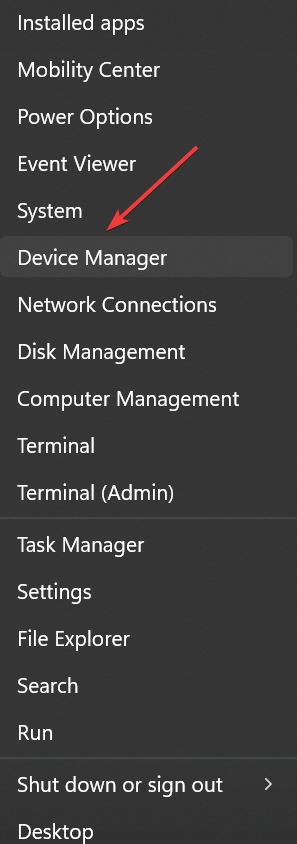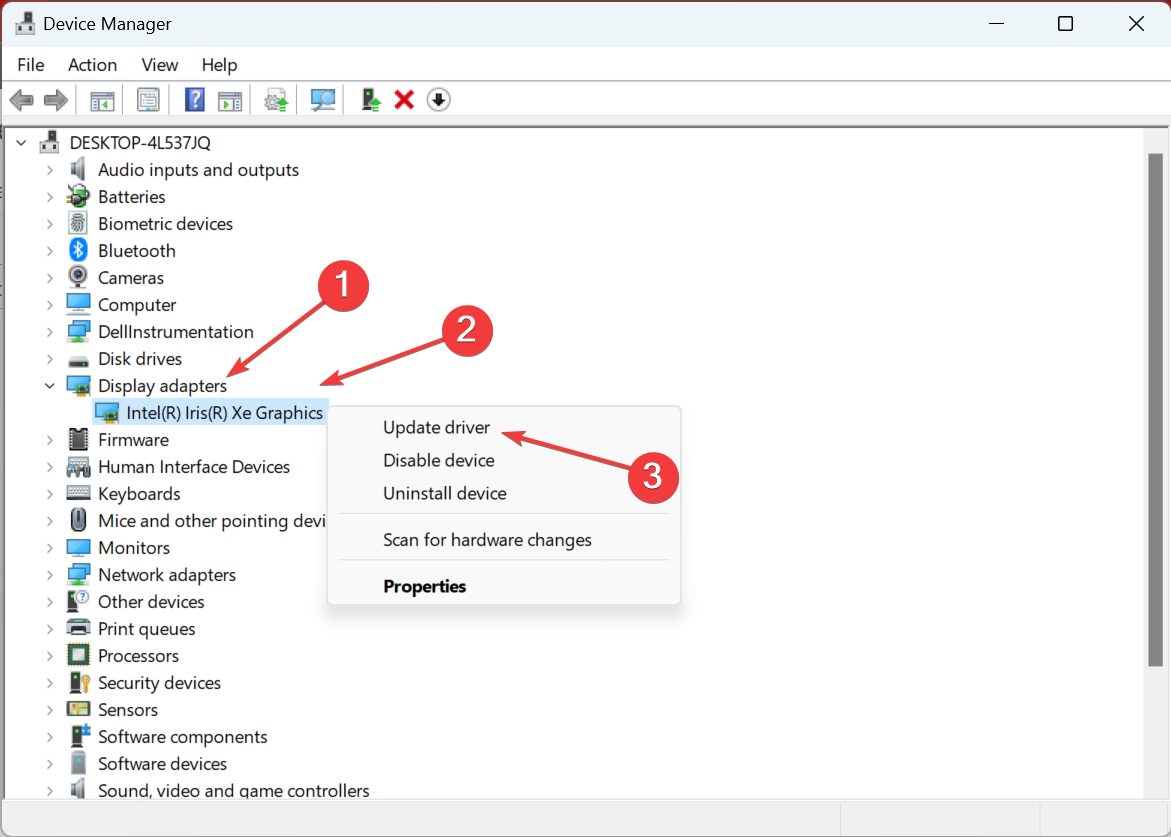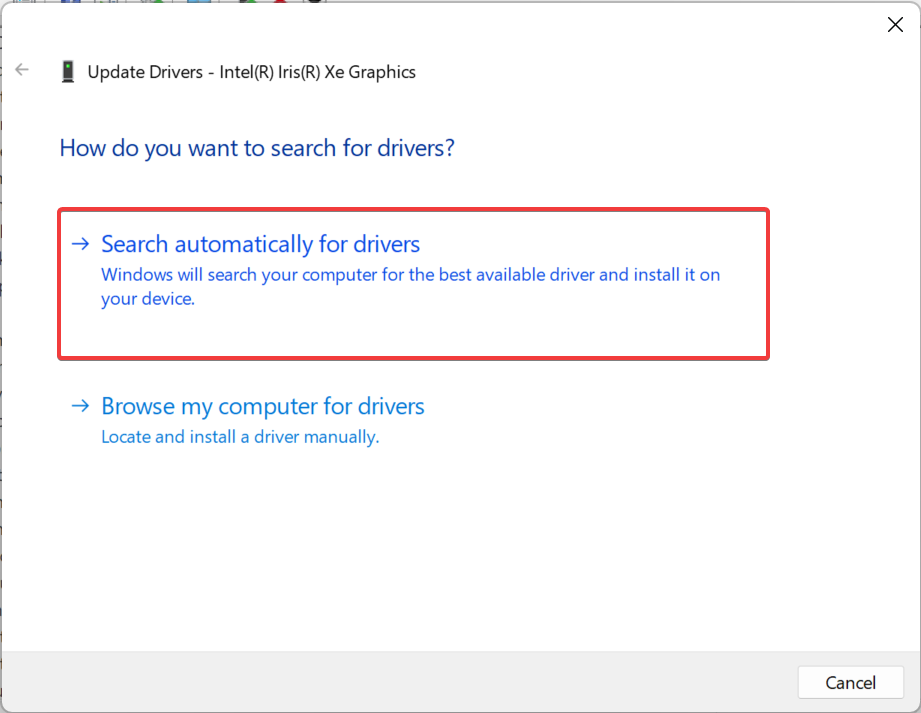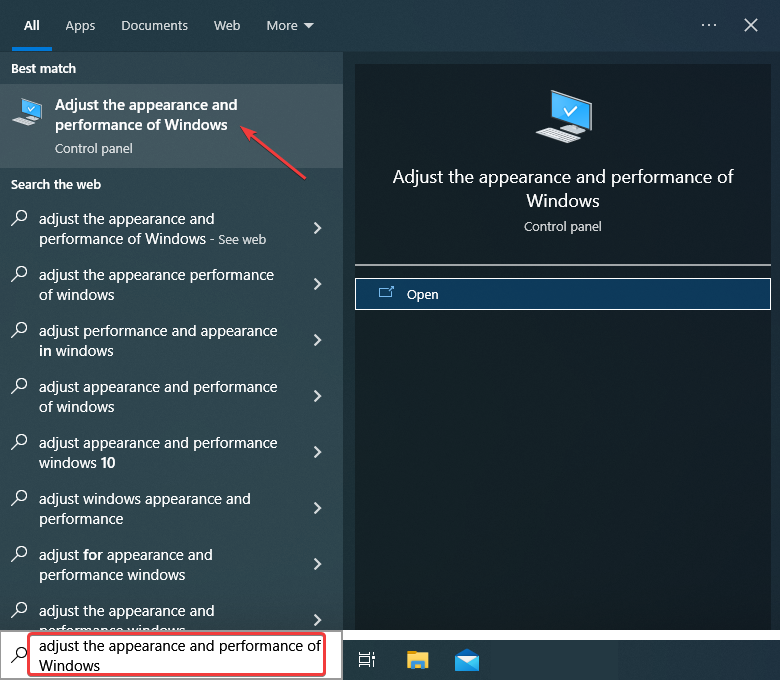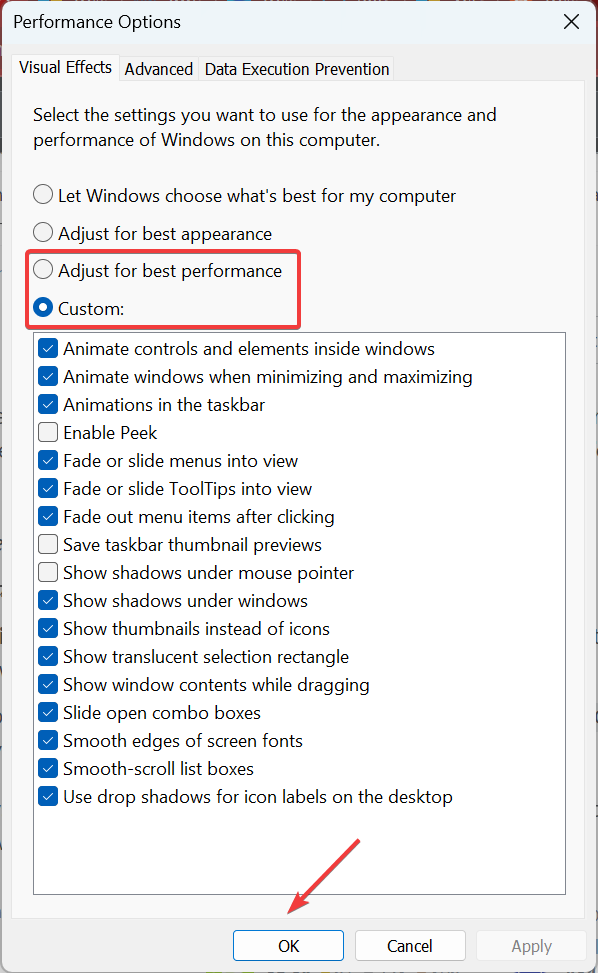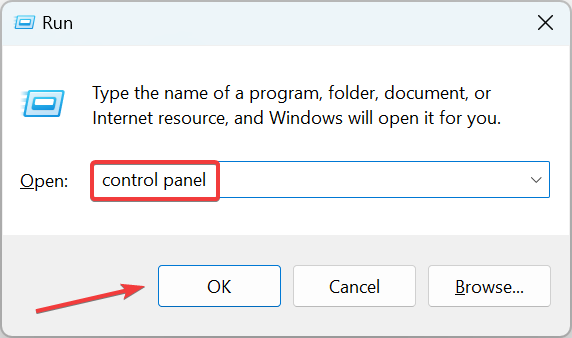Desktop Window Manager High Memory Usage: 4 Tested Fixes
Check out some easy steps to fix the problem right away
- The Desktop Window Manager's high memory issue may be caused by a recent Intel driver bug.
- You should restart a Windows process in order to reduce memory usage.
- A few users also recommend that you update the drivers, either manually or with reliable third-party software.
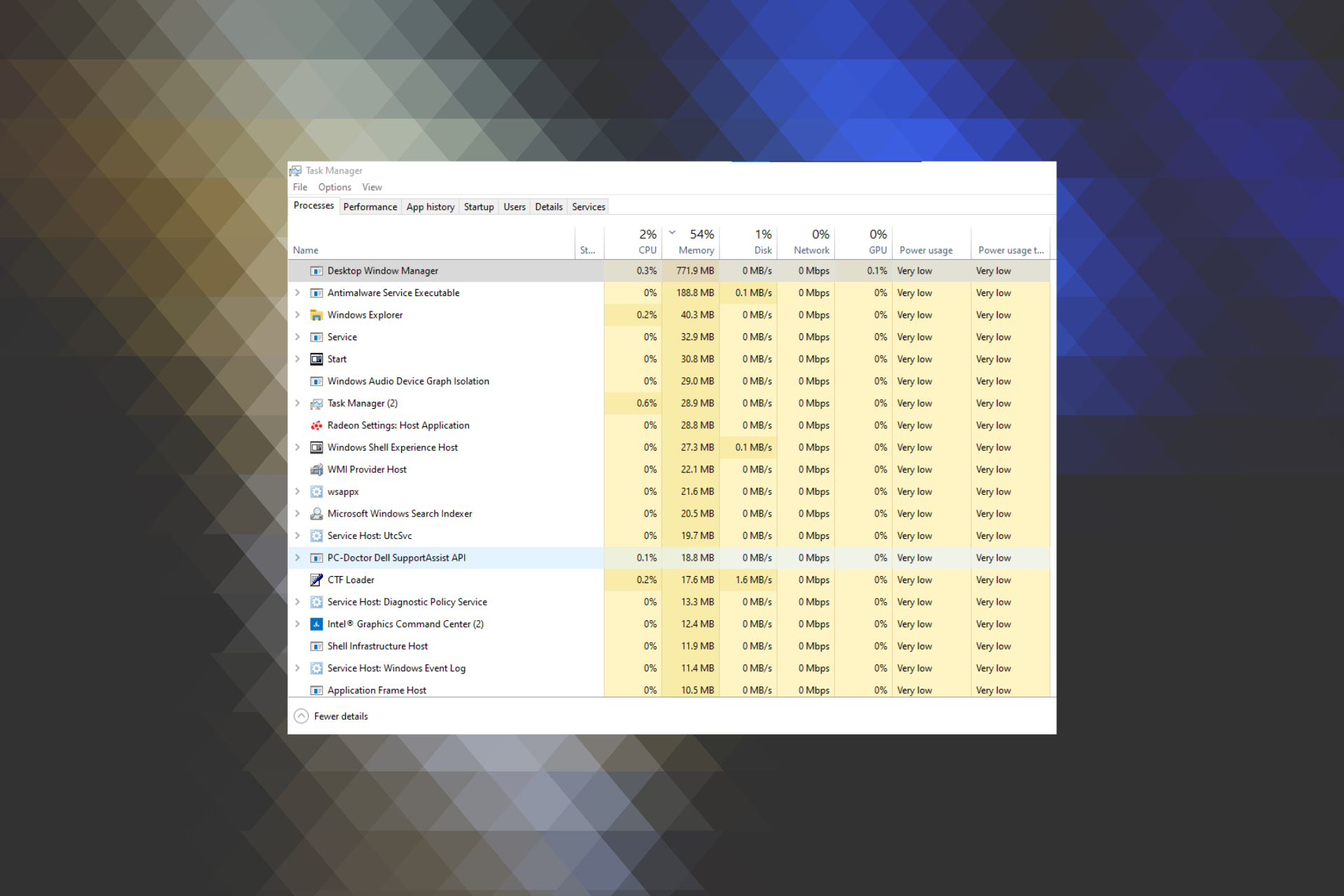
You found this article because your Desktop Window Manager (dwm.exe) records high memory usage, and we have prepared everything you need to know.
Desktop Window Manager (dwm.exe) is responsible for the graphics effects like the Flip3D and the transparent windows or the live taskbar thumbnails.
It’s a regular process that you will find in the Task Manager running most of the time smoothly. However, this can sometimes go wrong and consume too many resources, causing black screen errors or software crashes. So, let’s find out all about it.
Why is Desktop Window Manager using so much memory?
This issue is present on all iterations of Windows, and many reported Dwm.exe Windows 11 issues on their PC. This includes both memory and CPU problems.
Many users reported CPU at 100% when nothing is running, and if this happens, you may have a process in the background that is utilizing your resources.
Unfortunately, this is a somewhat common issue, and many experienced explorer.exe high CPU usage on their PCs. Luckily, there are ways to fix that issue.
What is the purpose of DWM?
The authentic dwm.exe file, a Microsoft core system file, is a crucial piece of software that makes up Microsoft Windows.
The (DWM) Desktop Window Manager handles desktop composition. DWM makes visual effects and capabilities like glass window frames, Windows Flip and Windows Flip3D, 3-D window transition animations, and high-resolution support available on the desktop through desktop composition.
How do I fix the Desktop Windows Manager high memory use on Windows 10?
Before trying the slightly complex solutions, first, try these:
- Restart the computer, as it will terminate the process and bring down the high memory of Desktop Windows Manager to normal levels.
- Install the latest version of Windows in case there are any pending updates.
- Scan your PC for malware using the built-in Windows Security or a reliable third-party antivirus.
If these don’t work, head to the solutions listed next.
1. Restart File Explorer from Task Manager
This is only a workaround described by one of the users who were confronted with the same problem, but if it worked for him, it’s worth giving it a try.
1. Right-click on a free space from your taskbar, and select Task Manager.
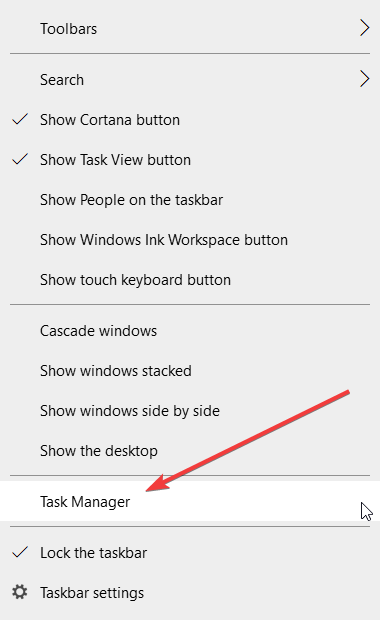
2. Locate the Windows Explorer process and click on the Restart button from the lower right part of your screen.

3. Now check for Desktop Window Manager’s high memory.
2. Update the Intel graphics driver
- Press Windows + X to open the Power User menu, and select Device Manager.
- Expand Display adapters, right-click on the graphics driver, and select Update driver from the menu.
- Select Search automatically for drivers and wait for Windows to install the best one.
Though Windows is more than capable of keeping the drivers up-to-date, you may have to manually install the driver in cases like these. Also, the problem has been acknowledged by Intel, and the recommended solution is to update the graphics driver.
We must mention that you have to be careful when you decide to install drivers manually. If you mistakenly install a mismatched version, you may cause more problems, such as glitches, resolution issues, and other errors, like frequent BSODs.
To avoid these issues, we recommend you use an automated driver updater utility such as Outbyte Driver Updater. This lightweight tool uses a frequently updated driver database to find the perfect version for your hardware.
Outbyte Driver Updater is easy to use, and you can set it up and let it run in the background. It can update, install and fix corrupt drivers individually and in bulk.

Outbyte Driver Updater
Keep your device drivers in check and let Outbyte Driver Updater easily update them from its large database.3. Change the performance options
- Press Windows + S, type Adjust the appearance and performance of Windows, and click on the relevant search result.
- Now, either choose Adjust for best performance or Custom, and then click OK to save the changes. If you go with the latter, make sure to select the features that you want, though try to keep it minimal.
A few users pointed out that changing the Visual Effects can also fix the high memory usage of Desktop Window Manager (dwm.exe). So, make sure to try this as well.
4. Disable Fast Startup
- Press Windows + R to open Run, type control panel, and hit Enter.
- Click on System and Security.
- Now, click on Change what the power buttons do under Power Options.
- Choose the Change settings that are currently unavailable option.
- Untick the checkbox for Turn on fast startup (recommended), and click on Save changes.
That’s it! By now, you should have fixed high memory usage or memory leak for Desktop Windows Manager and would have things up and running.
Once done with it, we recommend you check some easy ways to improve the performance of Windows 10.
Leave them in the comments section for other viable solutions, so everybody can benefit from that knowledge.
